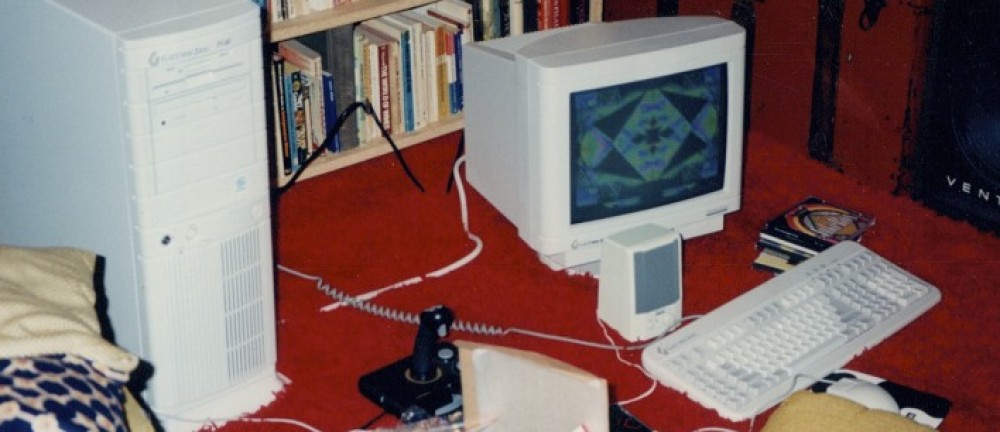By Johnathan W. Hardy, DCL Graduate Assistant
https://z.umn.edu/AchaemenidEmpire
This mapping project was designed first and foremost to showcase the vast collections of the Digital Content Library. The content held on the DCL relating to the ancient Iranian world ranges from original site plans, photographs from the age of excavation in the early 20th century, to contemporary documentation and artefacts. The DCL holds over 300 individual works relating to the Achaemenid empire, with an additional 500 + works documenting the Seleucid, Arsacid, and Sasanian empires. In order to showcase this invaluable collection, each section begins with a link to a search on the DCL for pertinent images relating to the site. To better illustrate the content that the viewer is engaging with, specific photographs from Dr. Canepa’s collection are highlighted in the map with links to the full work on the DCL.

A view of the Ka’ba-ye Zardosht from a break in the rock face of Naqsh-e Rustam. In the distance is the Sasanian (224-650 CE) city of Staxr.
The vision of this mapping project was to provide the interested public and students information that filled the gap between a Wikipedia article and a scholarly journal. The information provided is not overly complicated or full of specialist vocabulary but exhibits a filtered look into the latest information on the debates in Achaemenid art and architecture. Each site is given a full, linked bibliography which gives the user the ability to delve deeper into the literature if they wish to know more. I wanted to have a seamless user experience that was able to guide an inexperienced user through the material, while allowing a broad degree of flexibility in how they interact with the maps. Each tab within the map series can stand on its own, without the user having to follow a set chronological or spatial timeline.
The total project consists of 42 different maps all integrated into the final product. Linking such disparate material into a single, useable product was made incredibly easy through the use of Esri’s story map options, and all maps were designed and implemented through ArcGIS Online.
I am of course thankful to LATIS and the Digital Content Library for allowing me to work on this special project, as well as Dr. Canepa for allowing his incredible photographs to be digitized.





















